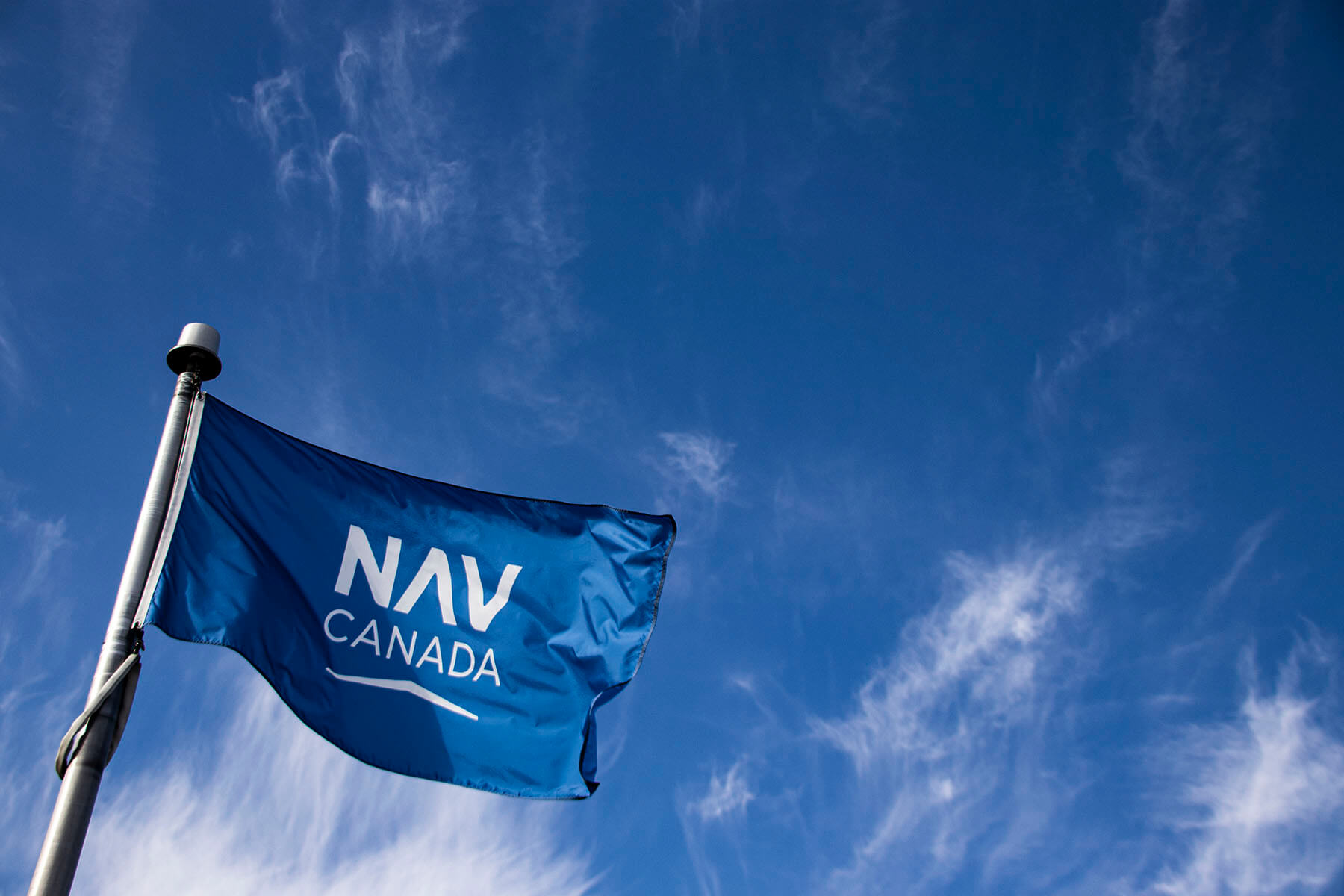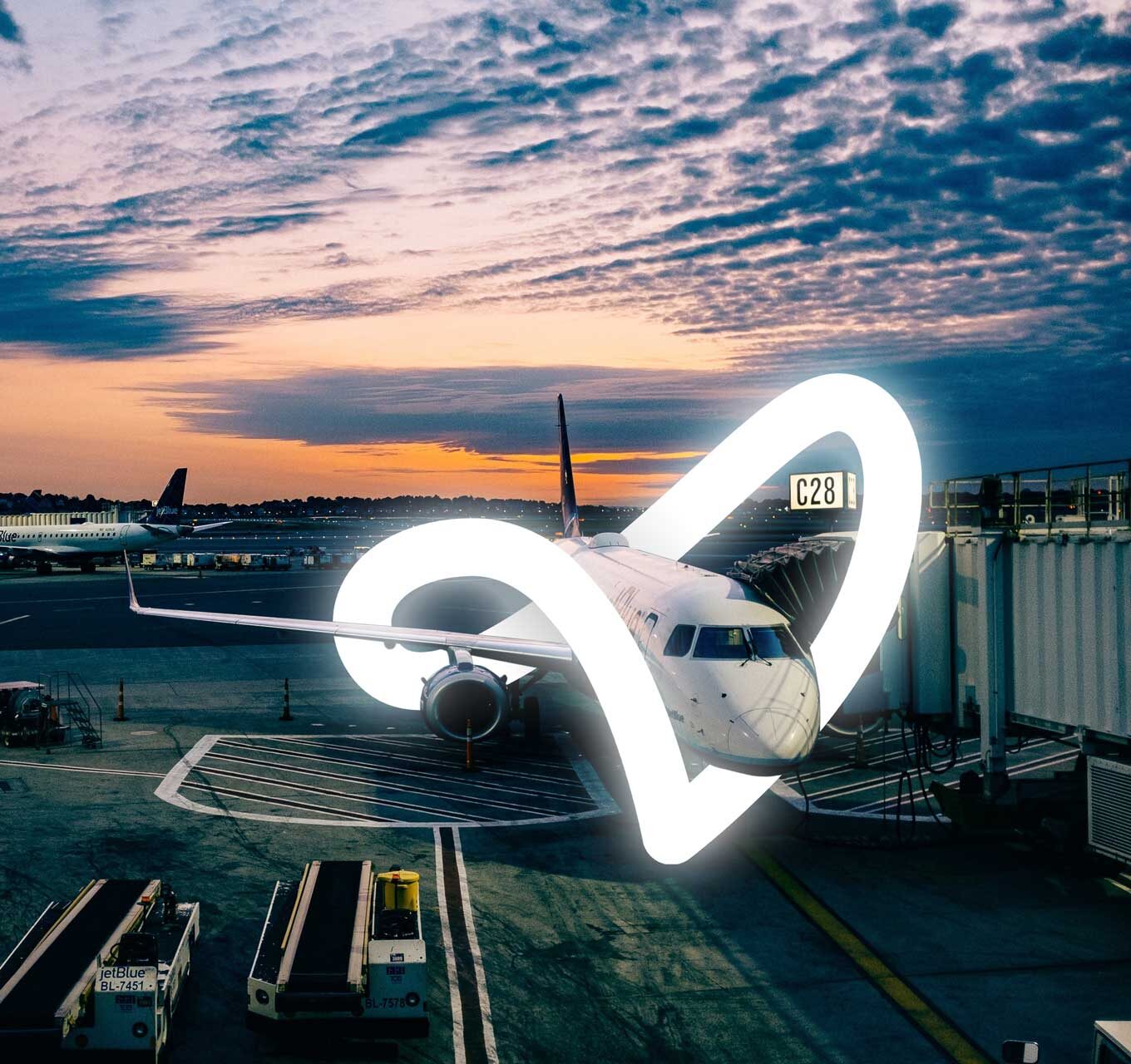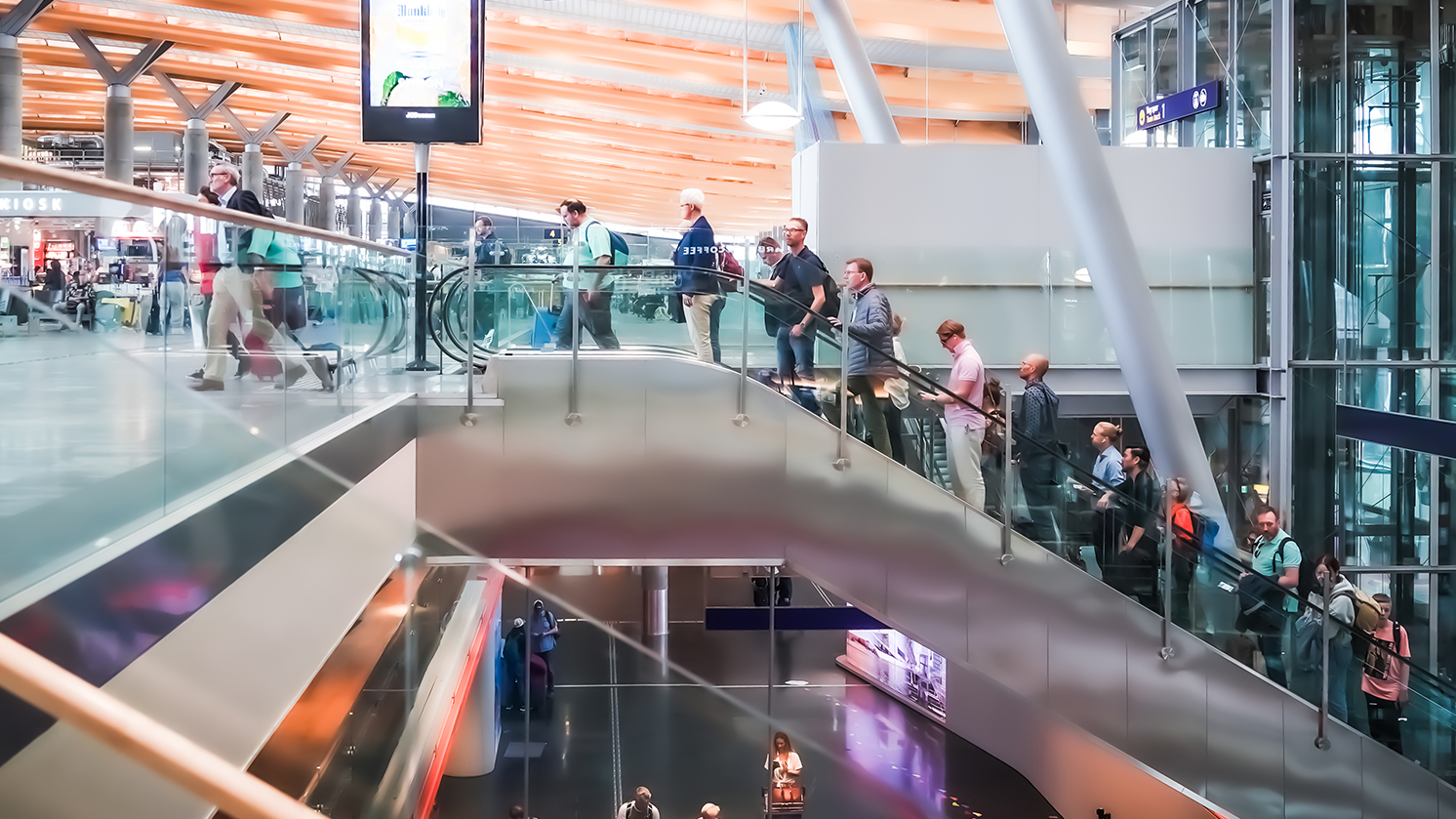Ensuring that all airport processes work smoothly together, to ensure optimal passenger-processing, is a challenge that can be solved using the right combination of technologies. Veovo’s technology stack now combines 3D sensors, WiFi/BT sensors and third-party data sources, to offer airport-wide, unified flow management.
The ceiling-mounted 3D sensors visually count and track passengers’ end-to-end movement to help minimise the effect of queues. Advanced deep-learning algorithms allow for queue formations and individualised, fully anonymised movement patterns to be presented. The 3D sensor goes beyond basic counting – accurately distinguishing children, adults and objects, and analysing the data based on time, location, height, speed, mass, and direction of travel.
The solution addresses coverage issues with ceiling heights and helps reduce installations by stitching positional data from multiple 3D sensors. This provides detailed individual path information, while advanced filtering offers various analytics options, including
+ Measured time
+ Predictive time
+ Queue/area occupancy
+ Count crossing line
+ Resource usage (counter/lane/open/closed)
End-to-end tracking of individuals enables passenger profiling based on their complete journey. The ability to profile on the entire path, and not just at the end service, allows the system to report accurate wait times for multiple flows, including:
+ Dynamically forming queues
+ Unique zones
+ Per process
+ By airline
+ Per counter
+ Passenger classes
Additional insights include detailed use of assets, such as check-in counters, security lanes, passport control booths and more.
As Veovo already supports and utilises data from multiple sensor technologies, including/BLE/Bluetooth-enabled sensors and various other sources, adding 3D sensors to the overall offering provides even greater reach and flexibility, and adaptability to a multitude of airport environments. It eliminates blind spots around the airport terminal without requiring excessive sensors, allowing airports to move beyond single-process measurements to airport-wide flow management, without relying on single-technology solutions.


